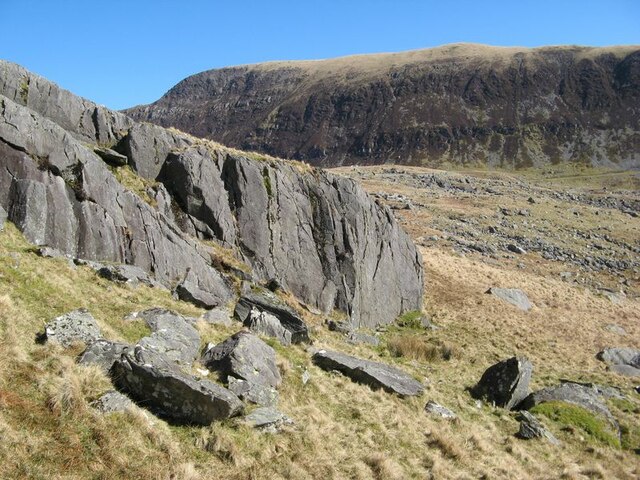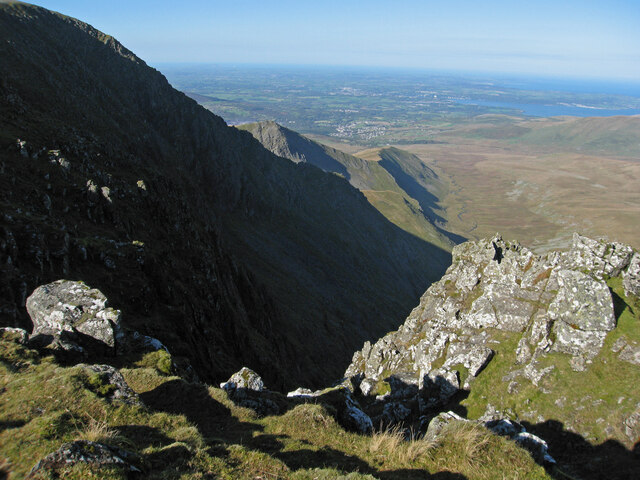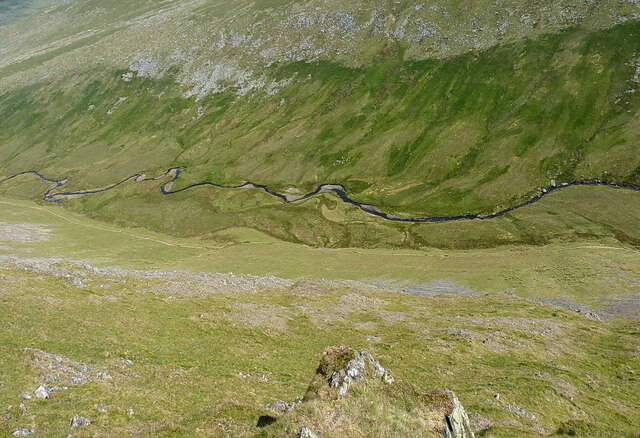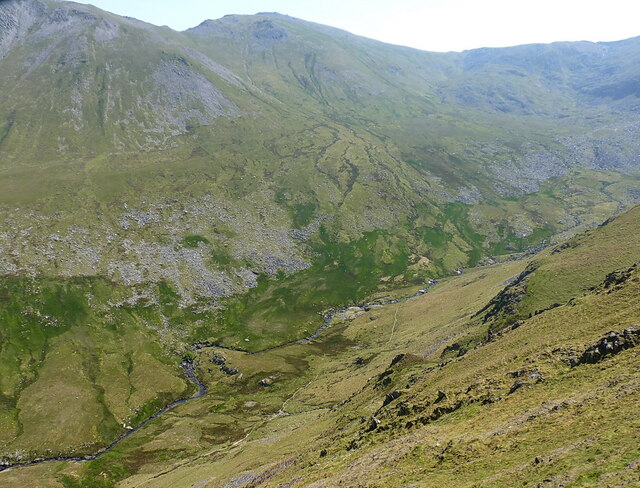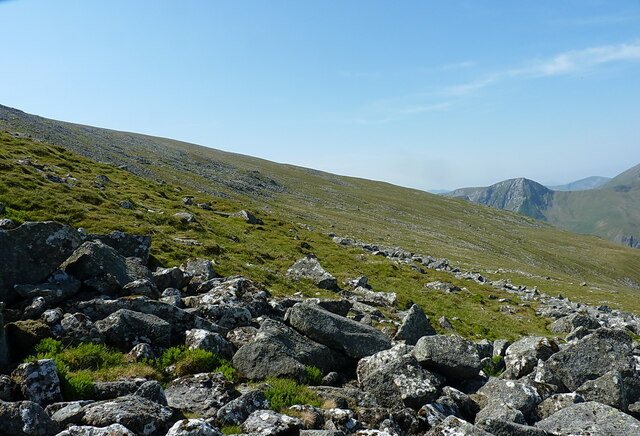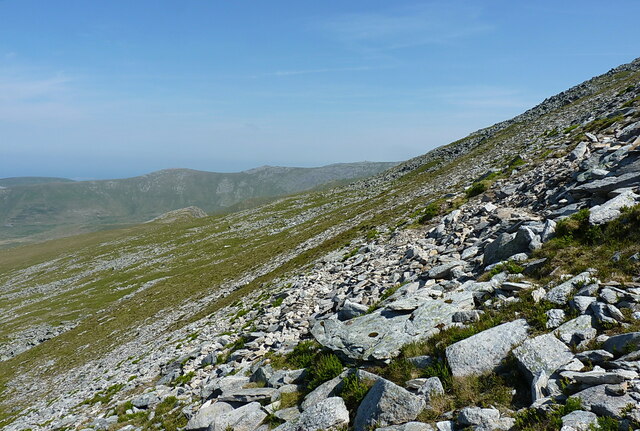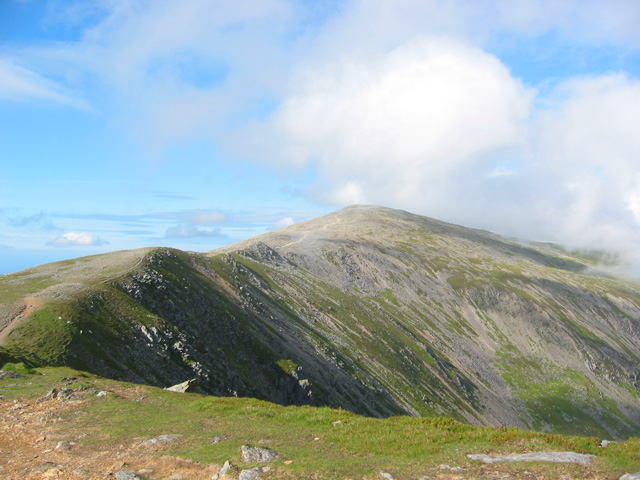Western Gully
Valley in Caernarfonshire
Wales
Western Gully

Western Gully is a picturesque valley located in the county of Caernarfonshire, Wales. Nestled amidst the stunning Snowdonia National Park, this valley offers breathtaking views and a serene atmosphere that attracts nature enthusiasts and hikers from around the world.
The valley is encompassed by towering mountains, with the majestic peaks of Snowdon and Glyderau dominating the skyline. As a result, Western Gully benefits from a unique microclimate, with an abundance of rainfall that nourishes the lush vegetation and cascading waterfalls that adorn the landscape.
The valley boasts a diverse range of flora and fauna, making it a haven for wildlife lovers. Rare species such as the red kite, peregrine falcon, and otter can be spotted in their natural habitats, adding to the allure of this natural wonder.
For adventure seekers, Western Gully provides an array of outdoor activities. Hiking and climbing opportunities are aplenty, with challenging trails that lead to panoramic viewpoints offering unparalleled vistas of the surrounding mountains and valleys. The valley is also intersected by the Afon Colwyn River, providing opportunities for fishing and canoeing.
Western Gully is not only a natural paradise but also steeped in history and culture. The remnants of ancient settlements and hill forts can be found scattered throughout the valley, offering a glimpse into the area's rich past.
With its awe-inspiring scenery, abundant wildlife, and a plethora of outdoor activities, Western Gully is a must-visit destination for those seeking solace in the embrace of nature.
If you have any feedback on the listing, please let us know in the comments section below.
Western Gully Images
Images are sourced within 2km of 53.148196/-3.9891618 or Grid Reference SH6763. Thanks to Geograph Open Source API. All images are credited.

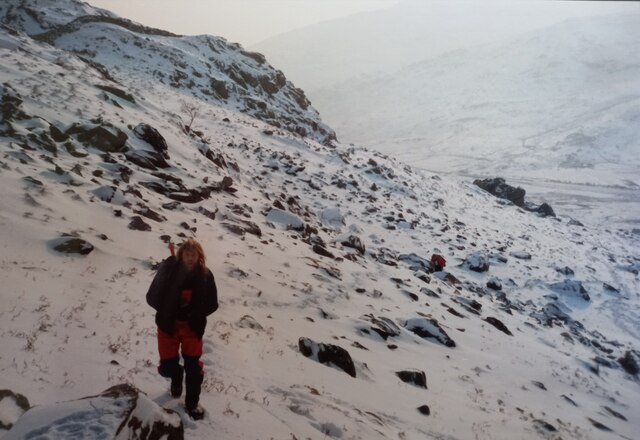
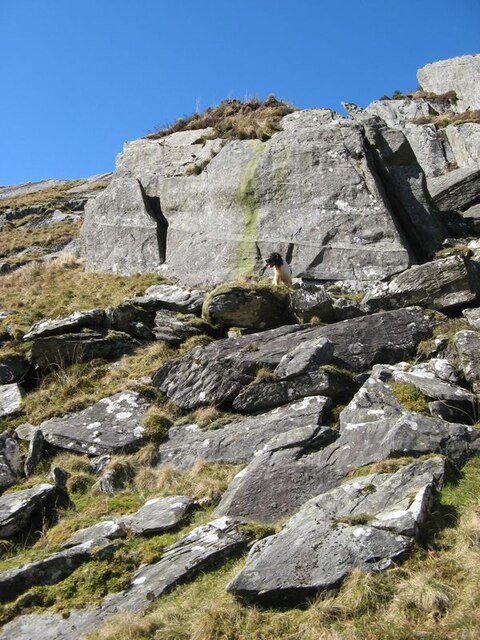
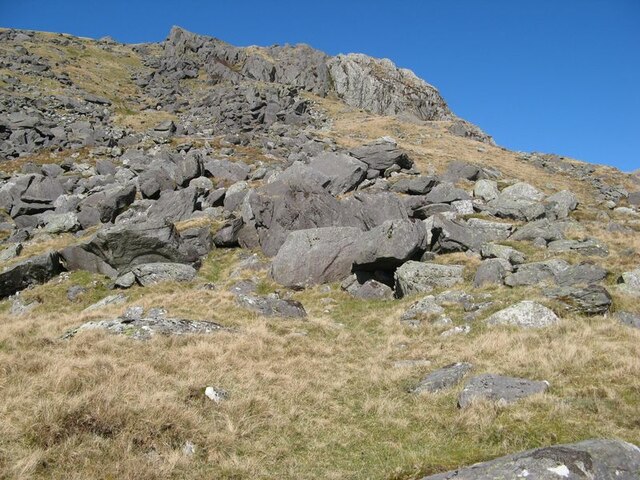
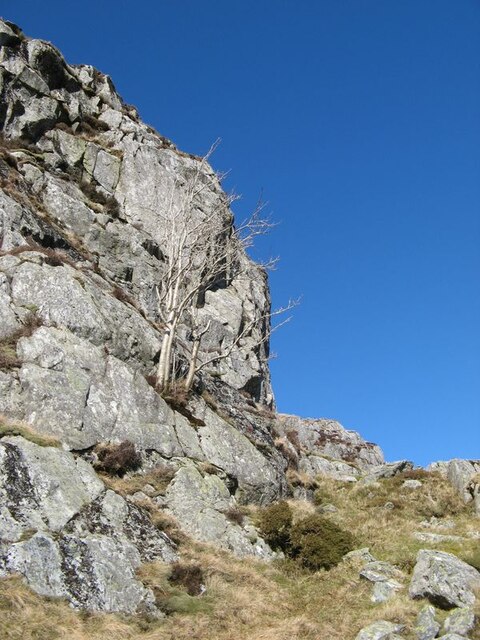
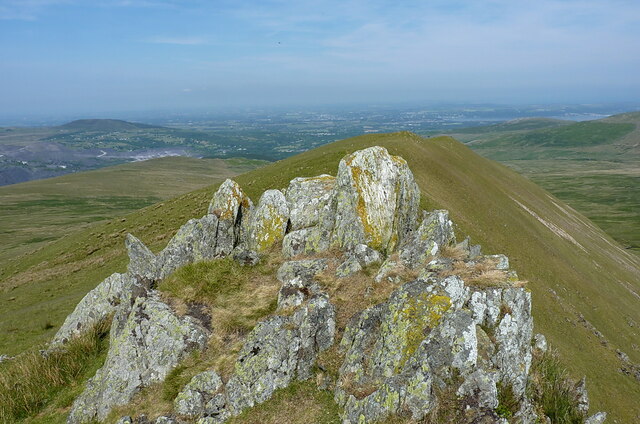
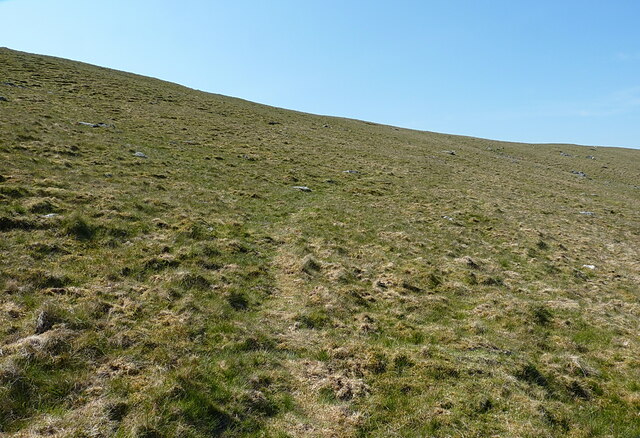
Western Gully is located at Grid Ref: SH6763 (Lat: 53.148196, Lng: -3.9891618)
Unitary Authority: Conwy
Police Authority: North Wales
What 3 Words
///lousy.faces.dared. Near Bethesda, Gwynedd
Nearby Locations
Related Wikis
Welsh 1000 m Peaks Race
The Welsh 1000m Peaks Race takes place on the first Saturday in June each year. The 32 km route is also known as the Snowdonia Summits Marathon as competitors...
Foel Meirch
Foel Meirch is a top of Carnedd Dafydd in the Carneddau range in Snowdonia, North Wales. It offers commanding views of Carnedd Llewelyn and Yr Elen, and...
Carnedd Dafydd
Carnedd Dafydd is a mountain peak in the Carneddau range in Snowdonia, Wales, and is the third highest peak in Wales, or the fourth if Crib y Ddysgl on...
Ffynnon Lloer
Ffynnon Lloer (Welsh : Source of [the] Moon) is a lake in the Carneddau range of mountains in Snowdonia, North Wales. It lies below the peaks of Pen yr...
Nearby Amenities
Located within 500m of 53.148196,-3.9891618Have you been to Western Gully?
Leave your review of Western Gully below (or comments, questions and feedback).
